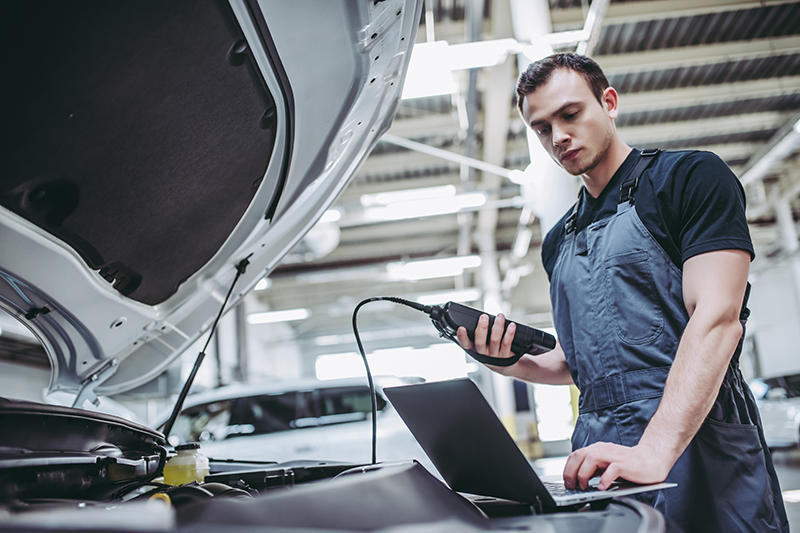Training snapshot
In 2021 there were around 4,670 program enrolments in Automotive – Vehicle Body Repair-related qualifications, up from the 2020 enrolment numbers of 3,860. Completions have also increased with around 950 recorded in 2021.
A significant proportion of enrolments in 2021 were at the certificate III level (88%). Around half of the enrolments in 2021 were for qualifications relating to Automotive Body Repair Technology (50%) with the main intended occupation of Vehicle Body Builder, and a further 39% of enrolments were for qualifications relating to Automotive Refinishing Technology with the only intended occupation of Vehicle Painter.
More than half of the enrolments in 2021 were at private training providers (51%), with most of the remaining occurring at TAFE Institutes (roughly 48%). The majority of subjects were Commonwealth and state funded (92%), with 7% funded by domestic fee for service.
During 2021, over a third of students who enrolled were from New South Wales (34%), followed by Queensland (26%) and Victoria (19%). Similarly, around a third of the training was delivered in New South Wales (33%), with more than one quarter delivered in Queensland (27%) and 20% in Victoria.
Apprentice and trainee commencements and completions have both decreased overall between 2012 and 2021. Commencements, however, increased by nearly 44% between 2020 and 2021, with around 1,700 recorded in 2021. There were roughly 610 completions in 2021, a very slight increase on the number recorded during 2020. The main intended occupations for the apprenticeships and traineeships were Vehicle Painter and Vehicle Body Builder. Nearly a third of apprentices and trainees in training during 2021 were reported by New South Wales (31%), followed by Queensland (23%) and Victoria (22%).
For more data specific to your occupation, industry group or training package, visit NCVER’s Data Builder.
For more data specific to your region visit NCVER’s Atlas of Total VET.
If you are interested in extracting NCVER data to construct tables with data relevant to you, sign up for a VOCSTATS account.
